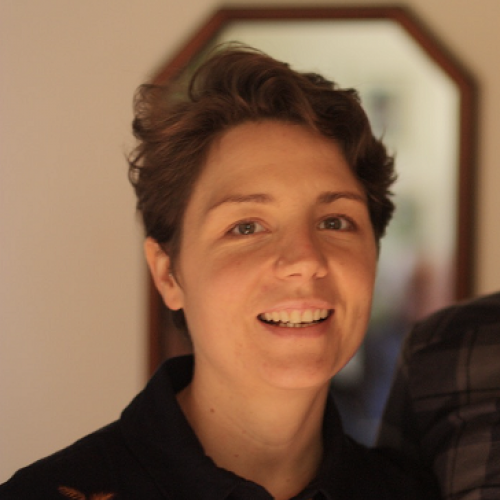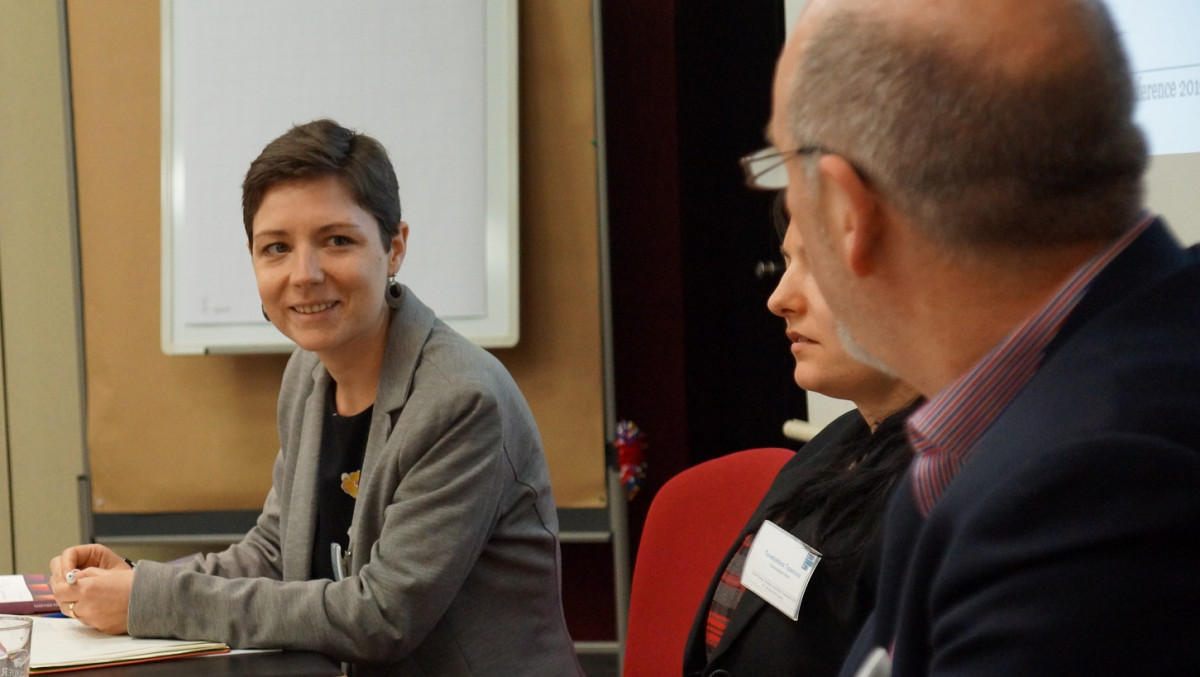Beyond the hype: Reporting on green businesses and sustainable innovations
The good thing about awareness is that you can’t reverse it: once people become aware of the climate and extinction crisis, they can’t store that information somewhere in the back of their minds and continue their lives as if nothing was happening. As a journalist covering these topics, one feels an immense responsibility when it comes to translating scientific, economic, technical and political jargon into stories that will allow the reader to appreciate the scope of what’s at stake.
More and more companies and industries are taking advantage of the climate breakdown and appropriate vocabulary of sustainability, to create a pro-environmental image and sell products that are often anything but sustainable.
One of the most important and maybe most difficult challenges we face in our work is to understand what’s hidden behind the corporate narrative. Sustainability has become a trend, in which many industries claim to take part. According to a 2015 Nielsen poll 66% of global consumers are willing to pay more for environmentally sustainable products. As a result, more and more companies and industries are taking advantage of the climate breakdown and appropriate vocabulary of sustainability, to create a pro-environmental image and sell products that are often anything but sustainable.
When you first start to look into “sustainable innovations,” it’s difficult to see the truth behind the greenwashing. Some examples of greenwashing are easily identifiable. Remember when the oil-company Chevron commissioned a series of expensive television and print campaigns that showed its employees protecting cute animals? That was before. Today, corporations are a bit smarter with their PR strategies, and it’s becoming more difficult to see clearly what’s behind the words.
Sustainable, fair, ethical and green: organisations all over the world are using people's drive to change their consumer behavior to sell more products and to create new demand. In fact, what we’d need to do to address the climate crisis, is consume less, and do it more responsibly. So how do we, journalists, make the distinction between corporate deception and “real” sustainable innovation?
One of the keys here – and this is true for any other topic - is to stick to the facts. When in an interview, the CEO of a sustainable company talks to you about how fair his company is, ask him where his products are being made. For example: A piece of sustainable clothing with the label “Made in Europe” isn’t always produced in Europe. It might have been designed in Berlin or Copenhagen, but sewn by women working in inhumane conditions on the other side of the planet. When an entrepreneur talks about how his/her startup is empowering people in Africa by improving living conditions, ask them what will happen to these people if their company goes bankrupt? What kind of dependency relationship is there between the consumers and the company’s headquarters in central Europe? When your questions bring discomfort, ask yourself and your interlocutor why. You’re not here to promote their services or products, but to shine a light on sustainable businesses and the impact they have on people and the planet.
One of the most exhausting but rewarding things you can do, as a journalist covering sustainable solutions and innovations, is to ask yourself: “What’s wrong with this?”
If there is one thing I have learnt in dealing with the topic of sustainable innovation in the past years, it is to doubt everything and everyone; at least at first. It hasn’t been good for my mental health, believe me, but this is what has allowed me to not fall for many “fantastic” initiatives and companies that haven’t survived long enough to celebrate their first anniversary. One of the most exhausting but rewarding things you can do, as a journalist covering sustainable solutions and innovations, is to ask yourself: “What’s wrong with this?” Of course, it’s never perfect, and that’s ok: a lot of individuals are really trying to make a difference and they have ethical motives. But too many people are only here to make a few easy bucks; and that’s not sustainable for the planet. The energy transition and the climate breakdown is not about growth, markets and profits. It’s about sustaining life on earth. And it’s incredibly important that we journalists, learn how to identify corporate greenwashing and denounce such practices so that readers and viewers can make informed and meaningful choices in the future.
Anne-Sophie Garrigou is also member of CLEW Journalism Network which brings together international reporters covering the energy transition. Find out more about the network here or join here.


